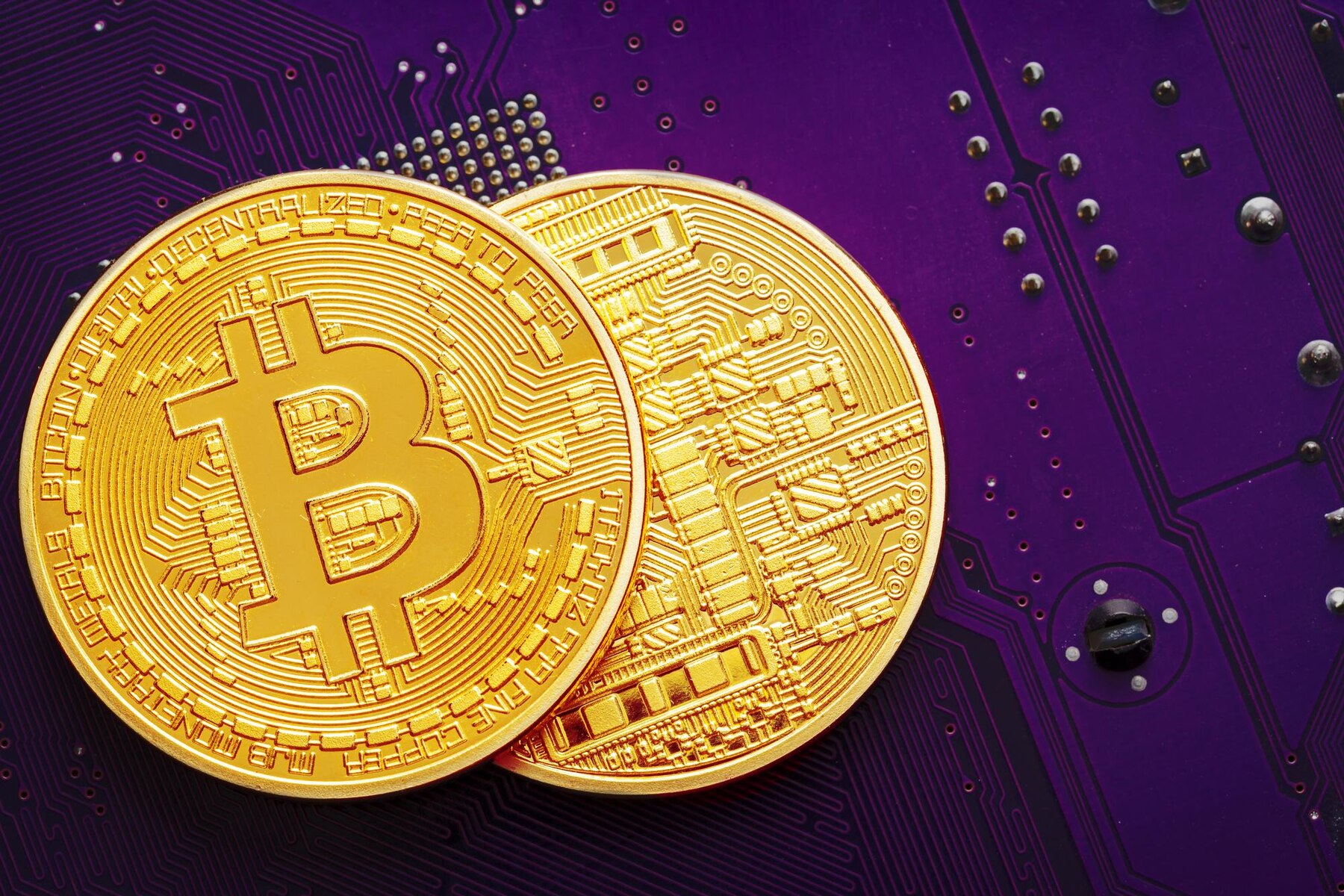The price of Bitcoin and other digital currencies has been on a tear since the Silicon Valley Bank failed at the beginning of March. Before March 10, Bitcoin’s trading value was around $19,600, but it spiked in a couple of hours to $20,000 after the Silicon Valley Bank announced that it would get an FDIC receivership. After that moment, Bitcoin has spent the following period trading at around $20,000, and by March 13, it reached $22,386. In just 24 hours, it touched the highest point from the latest period, $26,500.
What led to this surge in Bitcoin’s price?
The banks failure could only help it gain more value because Bitcoin aims to be a store of value. Over the last few months, three major banks failed, and others (from the USA and overseas) are failing. And because Bitcoin has nothing to do with them, its price witnessed a positive evolution. In fact, specialists cannot pinpoint the cause that led to the bank failures because no one was prepared for them to fail due to insolvency.
It seems like Silicon Valley Bank crashed as a result of a weak balance sheet and poor duration risk management. Silvergate, on the other hand, dealt with some problems that caused it to take an FHLB loan. And then it is the Signature Bank case, where no one can say if it closed because of a crisis of confidence in leadership or other causes.
The present worldwide economy poses great risks to the global banking system. For example, Credit Suisse got a 50 billion Swiss franc loan from the Swiss central bank, and the First Republic Bank was saved by an injection of $30 billion from a group of 11 banks.
As you can easily see, cryptocurrencies have nothing to do with banks’ failure, so the narrative proves beneficial for them.
Stablecoins’ instability also caused a spike in Bitcoin’s value
Surprising, right, to hear that the digital currencies that were created to offer stability went through an instability phase. When the Signature Bank crashed, the US dollar stablecoin USD coin witnessed a period marked by price fluctuations. It regained its value in a couple of days, but the loss of the peg spooked investors. This episode showed that stablecoins aren’t immune to counterparty risks, as many people erroneously believed.
And when investors reach the point when they ask themselves if there are assets with no counterparty risks, considering that both USDC and the dollar are subjected to it, the crypto market presents Bitcoin.
Bitcoin’s correlation to gold increases as the crypto market heads to a bullish market
Investors have often correlated Bitcoin and gold, and while the similarities between the two seemed to lessen during the bear market, their relationship has been strengthening in the past few months. This can only buttress the claim that Bitcoin and other cryptocurrencies are safe-haven assets.
If you had an eye on the news, you probably noticed that Bitcoin’s correlation to gold has been mentioned several times lately due to the banking turmoil in the stock market. Suppose until a couple of months ago the relationship between Bitcoin and stocks has been closer than its connection to gold. In that case, it has started to weaken lately, mostly due to the Silicon Valley Bank collapse, which caused the present banking rout.
The change in relationships highlights the idea that cryptocurrency is a safe store of value and can offer the same benefits as gold. Bitcoin proponents might have had a hard time convincing people that Bitcoin should be correlated with gold in the last few years, but the recent events in the banking sector made many change their minds.
The stock market has been struggling for some time as a consequence of aggressive interest rate spikes and record-high inflation, which put increased pressure on the traditional economy. The Silicon Valley Bank failure has been named the second biggest banking failure since 2008.
The present context has fueled a surge in Bitcoin’s price, which reached new highs in the last month. And with this price change, the digital currency’s tendency to move alongside US stocks has been limited, and its connection to gold has gained more ground. The jump in the core CPI (consumer price index) has also caused a boost in the crypto rally. The inflation rate in the eurozone increased from 5.3% in January to 5.6% in February, which caused the world’s largest cryptocurrency by market cap to climb in price by over 6.5%.
Gold’s price has also risen. Spot gold reached $1,945 per ounce when investors turned their attention to it as a safe-haven asset after facing the banking turmoil. Many consider that the gold market is bullish, but it could come under pressure if the Federal Reserve delivers an aggressive rate. Gold had initially struggled to maintain its value in the beginning when investors adopted de-risking strategies.
We keep saying Bitcoin, but do we mean crypto?
No, we don’t mean crypto when we say Bitcoin is a safe haven for investors. Amid the bear market and all the negative events in the global economy, Bitcoin’s price is growing faster than the value of more volatile altcoins. Bitcoin has always dominated the market, and a close look at its market capitalization shows that it’s more powerful and stable than other cryptocurrencies.
Therefore, even if a global risk is associated with cryptocurrencies’ volatility, Bitcoin proves to be more stable than most digital assets. While it might have started 2023 inorganically cheap, it has regained its strength quite fast, and the market trends show that it could allow great room for a future value boost. The widening banking crisis is evident worldwide, and in contrast to Bitcoin’s decentralized and transparent nature, it could go on this path for a long period. Outside the crypto sector, we expected the macroeconomic environment to be characterized by recession and a tightening of funds. However, only time can tell what awaits for assets, both traditional and digital.



